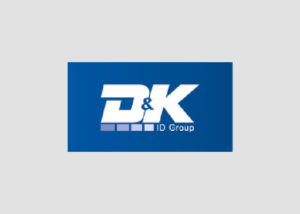Default Offline by OSS Application
There are many different offline electronic locks. They are not connected to an access control system via a cable, but work autonomously and are powered by a battery. The access rights are read from the card and the lock will then remain unlocked or locked accordingly. These rights are written to the card by the system, with each manufacturer having their own approach. Thanks to the OSS Standard Offline , locks from different brands can read the same authorizations from the card and interpret them in the same way.
Access rights on the card
In contrast to offline locks, the access rights of online locks are stored in the database of an access control system. This allows them to be programmed flexibly. The OSS standard offline file on the ID card is specified in such a way that this flexibility is largely retained. In this way it is possible to assign many different access rights, regardless of the storage space on the card. These access rights are written to the card each time the card is held up to an online reader with an “updater” function.
event feedback
Even with offline locks, it is possible to report various events to the administrator. This not only gives him control over the online doors, but also over the offline doors. When a card is held up to the offline lock’s reader, the information from the lock is written onto the card. This information is then stored with the other events in the access control system database.
Reliable
An important advantage of offline locks is that they work reliably even in the event of a system or power failure. Access rights are stored on the card, so access is granted or denied on a card basis. If a card with valid access rights is lost, it can be added to the “blacklist” of offline locks via another card or a programming device. Alternatively, the cards used can be assigned a limited period of validity, so that security is fully guaranteed if the card is lost after this period has expired.
system size
The card structure is designed in such a way that numerous access rights can be programmed for one person. Larger systems can be divided into “sites”, with new access rights being written onto the card for each “site”. In this way, a large number of locks can be accommodated in the system.
The default Offline by OSS file on the map
The file on the card plays a central role in the OSS Standard Offline. The information is written to and read from the card according to standard offline. Additional files can be added to OSS Standard Offline for the individual options. The file size is specified in the standard offline file and the lock then knows whether and how much information should be read.
Compatible Products
CoreWillSoft GmbH
OSS-SO Credential Reader in NFC TagKit app
FATH Mechatronics GmbH
TANlock. Secure your critical infrastructure. The TANlock is an [...]
SEA Schliess-Systeme AG
More than 4,000 OSS-compatible products are available SEA Schliess-Systeme AG [...]





















